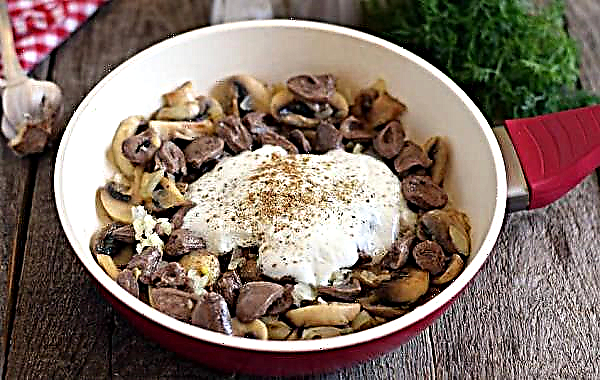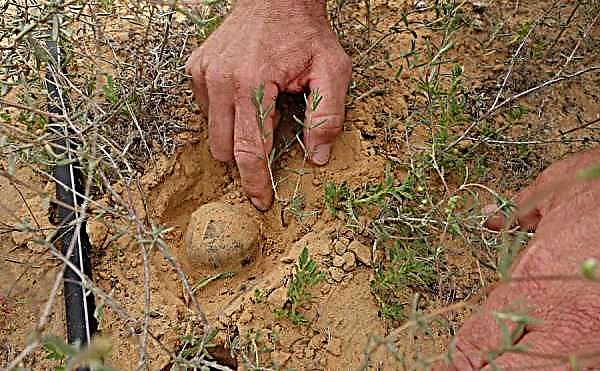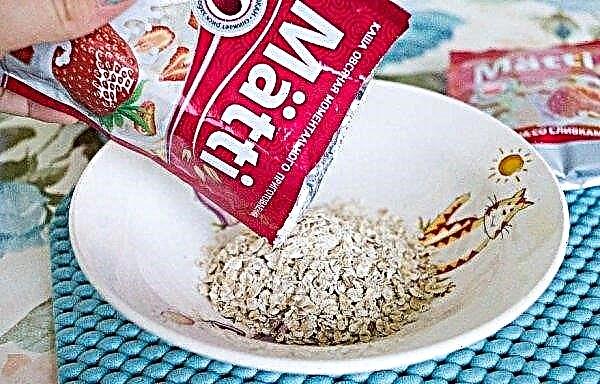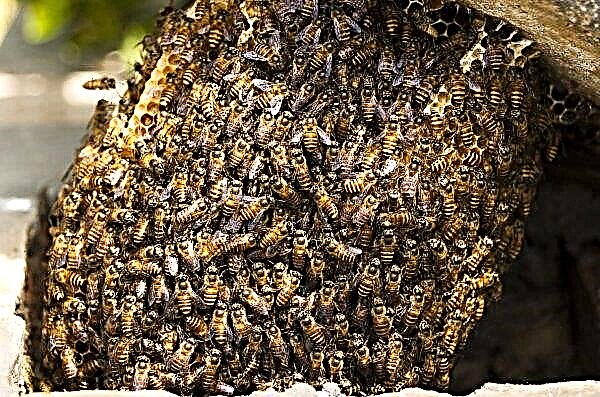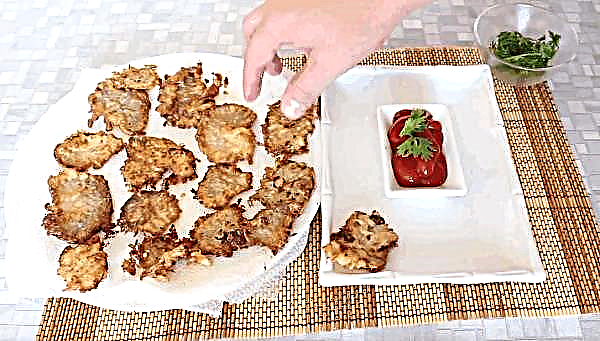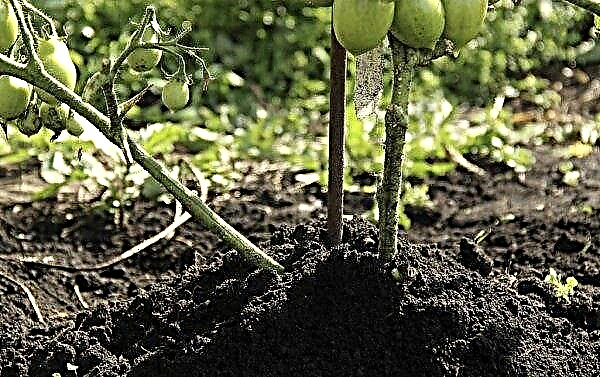Bamboo of happiness, as Dracaena Sander is most often called, combines external attractiveness with unpretentiousness in leaving. The features of Sander dracaena and its cultivation at home will be discussed later.
Plant description
The upright stem of this dracaena resembles bamboo, which for a long time misled even specialists. Today it is known that dracaena belongs to the asparagus family. Although the upright stalk of this plant can be given the appearance of a spiral and other forms, it is, nevertheless, its most characteristic feature. From the stem grow leathery dark green leaves, reaching 0.2 m in length.
Dracaena Sander is represented by several varieties:
- Golden lotus, a distinctive feature of which are leaves, painted with green and yellow stripes;

- Whiskersmarked with a light stripe passing through the middle of the sheet;

- Boringuensis with a dark green border at the edges of the leaves;

- Moon shine with leaves decorated with silver-white stripes;
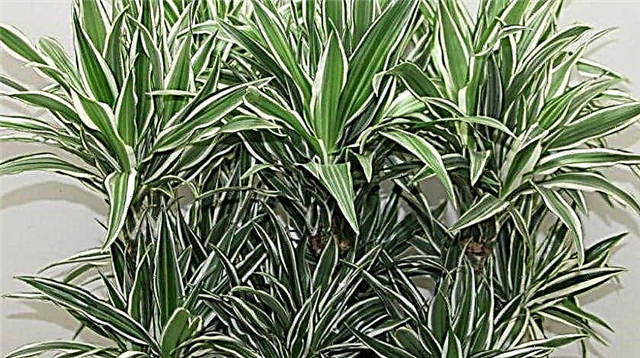
- Lucky gold with fringed yellow stripes of leaves, decorated with besides yellow stripes on a sheet plate;
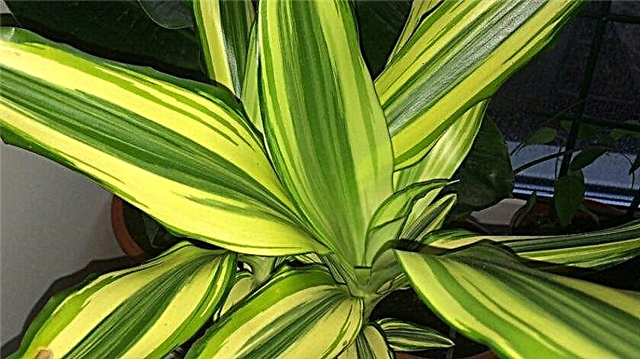
- Whitehaving white leaves, divided into two halves by a light green stripe in the middle;

- Celes with pure green leaves, which, in fact, received the nickname of "happy bamboo."

Pros and cons of growing
- Being in the status of one of the leaders among indoor plants for endurance and unpretentiousness, Dracaena Sander differs in such advantages when growing it:
- ability to adapt to temperatures in the range from + 5 ° С to + 35 ° С;
- undemanding to strong lighting, which allows it to grow even in bathrooms and basements;
- with his love of humid air skill, however, tolerates a dry atmosphere;
- ability to grow not only in soil, but also in water;
- low exactingness to top dressing;
- non-toxic to humans and pets;
- ability to absorb harmful substances and pathogenic microbes from air, to clear it of dust.
Did you know? The "bamboo of happiness" by Dracaena Sander was mistakenly named, because it is not bamboo at all. The second part of this name, obviously, corresponds to reality, since even the ancient Aztecs called different varieties of dracaena "a tree of happiness."
- With its high endurance, this plant still does not tolerate:
- drafts;
- complete drying of the soil;
- direct rays of the sun that can burn leaves.
Optimal conditions for dracaena
Although, as already mentioned, this dracaena can grow in the temperature range between + 5 ° C and + 35 ° C, nevertheless, the stable temperature + 22 ... + 23 ° C is optimal for its comfortable existence.
Afraid of direct sunlight, this plant grows well with diffused natural light, which it lasts for only 3-4 hours a day. But even with irregular artificial lighting, as, for example, in the bathroom, Sander dracaena is also able to grow, although its variegated varieties lose their brightness in this case.
The best for happy bamboo is humid air, but the plant tolerates a dry atmosphere quite successfully, especially in good light. But dry soil is contraindicated for it, the soil should be constantly moist, but without stagnation of water in it. Pour dracaena with settled water at room temperature or a couple of degrees higher. This plant is very fond of spraying leaves with warm water and rubbing them with a wet sponge.
Did you know? ATabout many latin american countries lovers give each other totruncate dracaena, as a symbol of their feelings.
Ways to grow and care at home
Since indoor bamboo, which is also often, but incorrectly called, the plant under discussion, can successfully grow both in the ground and without it - just in water, the methods of growing it, as well as caring for it, vary. But the pruning and the formation of the bush remain the same.
If the owner of a happy bamboo wants to get a small palm-shaped bush from it, then it is enough for him to pinch the apical part of the upright stem, as a result of which the growth of side shoots with fresh leaves is activated. And if you pinch these shoots, it stimulates the formation of shoots of the next level. Often, several different-level stems are planted in the same container at the same time, of which various figures such as a cone, slide, wave are made up.
The dracaena stems twisted into a spiral look very impressive. It seems difficult to answer the question of how to make a spiral from an erect stem. However, in fact, any lover of flowers can do this if he has patience and accuracy. The essence of the process is to illuminate the plant on one side, in which it stretches. The owner can only occasionally turn the pot with the plant to change the path of the stem in space. As a result, over the course of the year he makes one spiral-like revolution.
In water
Dracaena Sander belongs to those unique indoor plants that are able to grow in plain water. These growing conditions for a happy bamboo are less comfortable than growing in the ground.
Therefore, when growing in water, several mandatory rules should be observed:Important! In no case should you add unsteady water containing chlorine or fluorine to the plant - this adversely affects its condition.
- water should be replaced at least once a week;
- roots should not be above water level;
- the root system at the same time cannot be buried in water more than 2 cm;
- monthly water should be enriched with hydrophytic fertilizers.

In the ground
Growing in soil, as well as for other indoor plants, is still preferable for Sander dracaena. Especially if this soil is weakly acidic or neutral with a light consistency. The optimum is compiled by professionals specifically for dracaena purchased soil. But for lack of it, you can independently make a mixture of 1 part of fertile garden land and 2 parts of river sand.
As fertilizing, you can use complex fertilizers designed for indoor decorative foliage flowers, for example:- "Kemira";
- "Health";
- "Agricola".

Plant propagation
Dracaena Sander propagates exclusively vegetatively quite simply.
There are 2 ways to do this:Important! To speed up the process of reproduction, it is useful to treat fresh cut on the stem, which will be placed in soil or water, with wood ash and a root stimulator.
- You can cut off the 10-centimeter top of the stem and put it in a container with moist soil or water. At a temperature of about + 25 ° C (which is important), after 3-4 days, the stem will take root, turning the seedling into a full-fledged plant.
Video: propagation of dracaena sander apical cuttings
- In the same way, any section of the stem in the upper part up to 7 cm long can be planted in a container with soil or water, provided that there is at least one kidney. In this case, the part of the stem located on top should be treated with molten wax to avoid drying out.
Video: reproduction of dracaena sander stalks
Diseases and Pests
Indoor bamboo, being a plant hardy and resistant to disease, however, under extreme growing conditions and in the presence of other flowers nearby with diseases or exposed to attack by pests, it can also get sick. For example, if you place the dracaena in water with chlorine or water it with a plant, then the leaves may become brownish spots. And when the soil is waterlogged, the leaves turn yellow due to fungal diseases.
In this case, the lucky bamboo needs to be transplanted urgently, having previously removed the affected and disinfected remaining roots. To combat fungal diseases and their prevention, special antifungal agents such as the “Fundazole” solution are used in a concentration of 0.2%.
Pests weakened by other flowers from other flowers can weaken a plant weakened by adverse conditions of growth in the form
- thrips;
- Tailtail
- spider mites;
- mealybugs.
- "Fitoverma";
- "Karbofosa";
- Inta-vira.

This beautiful-looking and minimal-care plant with the promising names of “happy bamboo”, “happiness bamboo”, “good luck bamboo” is well-known among flower lovers all over the world.









